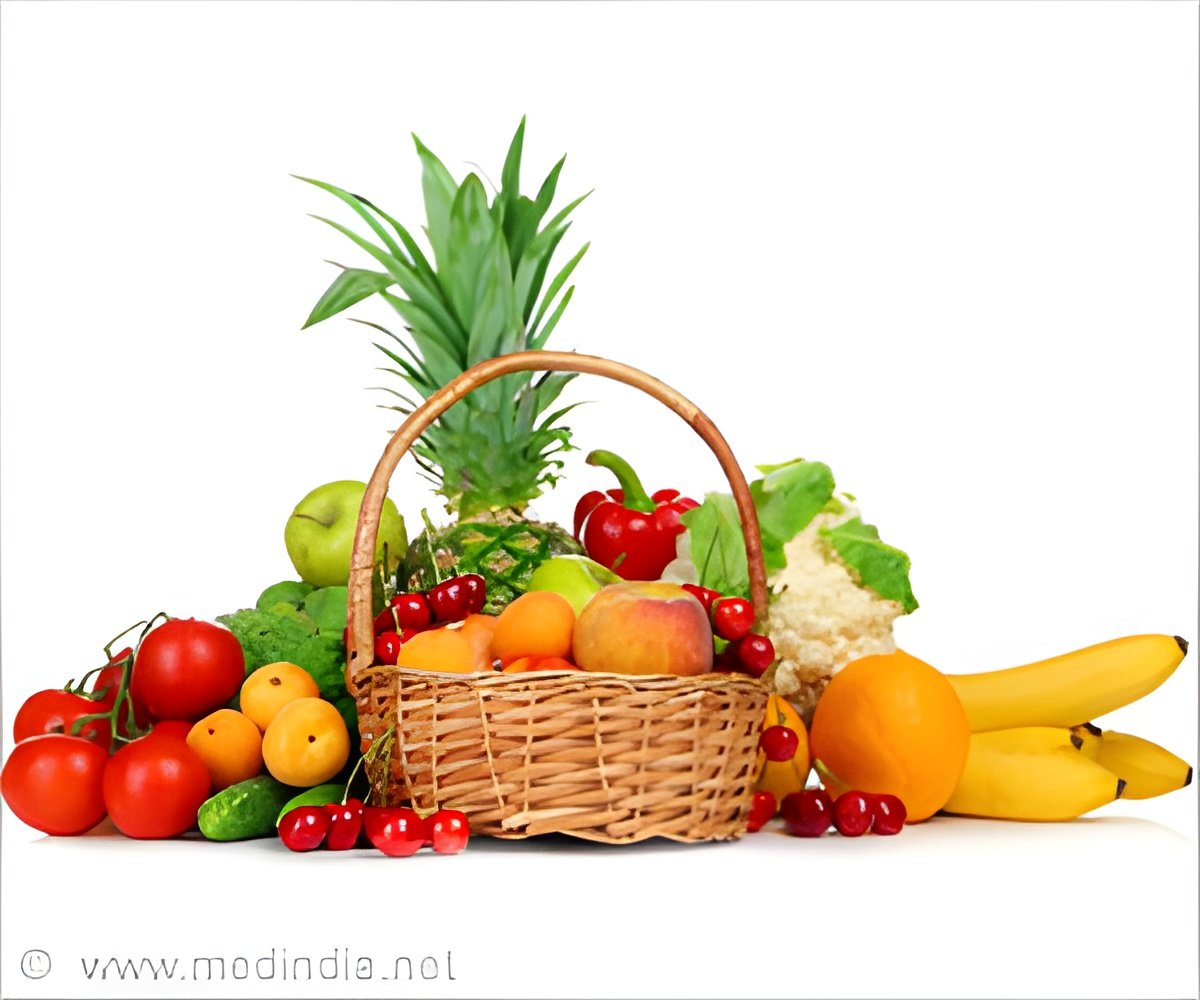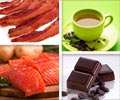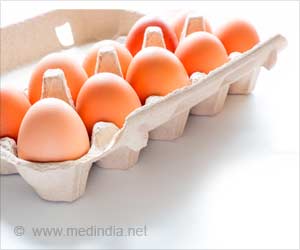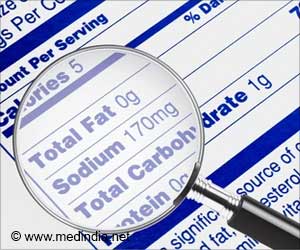Healthy foods are expensive than unhealthy foods in the U.S. But, when healthy foods are priced similar to unhealthy foods, people tend to consume a healthier diet.

The research, led by David Kern, PhD, an adjunct faculty member at Drexel's Dornsife School of Public Health, and Amy Auchincloss, PhD, an associate professor in the school, sought to find out the real effect that price difference has on the quality of diets in the United States.
"We found that, on average, healthier perishable foods were nearly twice as expensive as unhealthy packaged foods: 60 cents vs. 31 cents per serving, respectively," said Kern, lead author of the study in the International Journal of Environmental Research and Public Health.
"As the gap between neighborhood prices of healthier and unhealthier foods got wider, study participants had lower odds of having a healthier diet."
For example, the study found that for every 14 percent increase in the healthy-to-unhealthy price ratio (the standard deviation in this study), the odds of having a healthy diet dropped by 24 percent. This was even after controlling for personal characteristics, like age, sex, income, education and other factors.
"We are consuming way too many sugary foods like cookies, candies and pastries, and sugary drinks, like soda and fruit drinks," Auchincloss said. "Nearly 40 percent of U.S. adults are obese and less than 20 percent attain recommendations for fruits and vegetables. Cheap prices of unhealthy foods relative to healthier foods may be contributing to obesity and low-quality diet."
Advertisement
Grocery prices were broken down into categories of "healthier" and "unhealthy." Healthier foods included:
- Dairy products - milk, yogurt and cottage cheese
- Fruits and vegetables - frozen vegetables and orange juice, since fresh produce prices were not attainable
- Soda
- Sweets - chocolate candy and cookies
- Salty snacks - potato chips
The researchers used the Healthy Eating Index-2010 (HEI-2010), developed by the United States Department of Agriculture, to assess the study participants' dietary quality.
The adverse impact of increasing healthy food prices compared to unhealthy food prices was particularly strong for people in the middle ranges of income/wealth in the study, and those with higher education.
"We originally expected to find the largest impact among individuals in the lowest wealth/income group. However, given the price gap that we found, healthy food may be too expensive for the lowest socioeconomic status group even at its most affordable," Kern said. "So the impact of the price ratio is weaker for this group."
A lot of research in public health has been devoted to changing food environments for the purpose of encouraging healthier eating. This is one of the few studies that takes a hard look at prices between foods, compares them, and tries to link them back to their dietary implications.
Kern and Auchincloss believe more work needs to be done in this arena. In fact, they recently did work (published in Preventive Medicine) that found the price ratio of healthy-to-unhealthy food had a significant association with insulin resistance.
"Prospective studies that examine interventions effecting food prices such as taxes on soda and junk food or subsidies for fruits and vegetables would be vital to understand how food prices influence purchasing decisions and subsequent diet quality," Kern concluded.
"Improving diet quality in the U.S., especially for the most vulnerable populations, is a large public health concern and future research could help address this issue."
Source-Eurekalert















